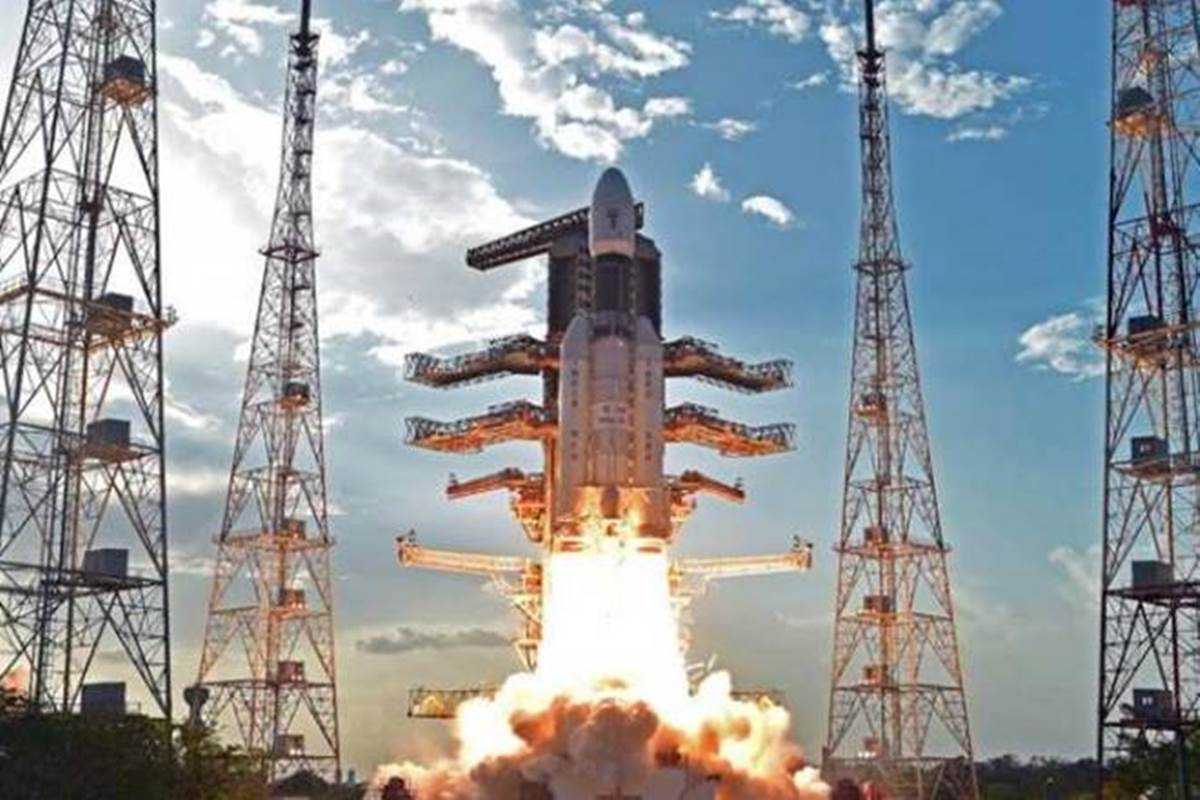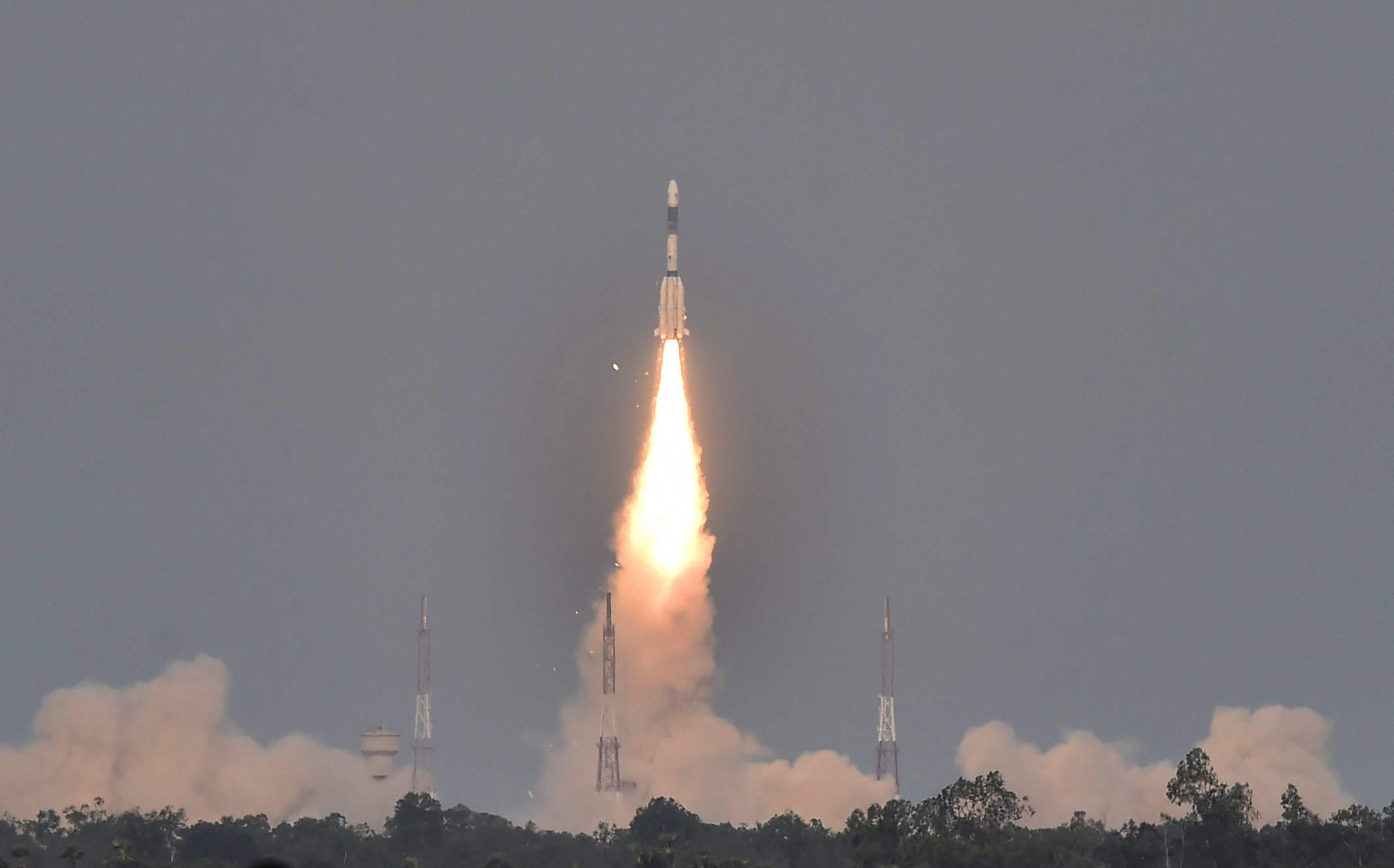Chandrayaan programme is already a phased one. Initial stage goes with orbiter and later with landings and robotics/sample return missions.
Since ours is at too early stage, we can't plan what Chinese and Russians do. We need to have consecutive successful robotic moon soft landings, develop RTEG for long endurance missions and have a permanent human presence in orbit (space station). We are 15-20 years away from that.
Manned missions to moon and planets remain in India's vision but they are not planned yet since building blocks aren't in place yet. Most of such stuff was started by Vajpayee government.
ISRO was more meant for socio-economic development than military or research oriented programs before him.
No, LEO cap. doesn't matter, you need a vehicle with very powerful payload assist space tug or an upper stage with a TLI (Trans-lunar injection) capacity over 50 tonnes.
Currently, only US, Russia and China have upper stages. ISRO also had a project called PAM-G to similarly upgrade GSLV-II to directly throw satellites into GEO, MEO, TLI and TMI instead of GTO and EPO. But GSLV failed for too long ISRO became focused on replacing Russian engine with an Indian one. Never heard of PAM-G project after that (may come only after SCE-200).
If GSLV Mk-III had an upper stage, it would have sent Cdy-2 to moon in just few days and we wouldn't have to wait for months Cdy-2 switching geo and selenocentric orbits. In human mission, off course we can't keep humans in spacecraft for 6 months to 1 year like Chandrayaan-2.
Most of these points have already been officially adopted in Chandrayaan-2 or reports from VSSC except a robotic base.
Building giant robots and remotely control them from earth will be tougher than landing humans. Humans will have to go there first or at least set up a station in orbit to supervise. Same goes for US, Russia and China too.
Heavy launch vehicles aren't more than a decade away since SCE-200 is undergoing testing. But it will take 10-15 years for India to set up a station in space to train humans and reach the stage of lunar exploration like China.
Indian colony on moon is just a vision 30 years away at least unless a space race starts and Indian government pours $20-30 billions into space program.
I'm not accounting delays caused by failures. Failures happen and when they happen, program goes pushed back for years and sometimes even decades.
They aren't since SHLV would use clustered engines and boosters HLV itself. Their timeline would depend upon funding and requirement. Unless India has to send a large space station module or a giant QKD set to space or giant robot to moon, SHLV won't be realised. If it becomes a clear concept design before 2030, means manned lunar landing is on cards of government.
Setting up a factory isn't a long but very very long term perspective.
Launching and sustaining humans there won't be any less costly since robots can't do anything. Maintaining a many thousands tonne factory in space and facing recoil releasing satellites into orbit from it is another headache.
LOL, not sure what you are trying to say.
AgniKul itself is in INSpace to obtain tech from ISRO. This engine is being developed by AgniKul is for small launcher with payload cap. of 100 kg (20% of SSLV). It's clustered main engines or upgraded thrust can't power anything better than Israeli Shavit.
SCE-200 (probably with valves bigger than outlet of this engine) is for rockets in class of Delta IV Heavy, CZ-5 and Ariane-V. Clustered to power SHLVs in class of rocekts like Energia, CZ-9 or Saturn-V.
Yes they too. Private players don't have exceptionally higher IQ. They just sign pacts to get decades long tech from government for commercial use since themselves can't bear the cost of research and failures (SpaceX is a different case though). Similarly, government space agencies after creating a space economy in the country can focus on research instead of commercial services.
SpaceX and Blue Origin have been in touch with NASA for quite long. In India, Skyroot is built up of former ISRO personnel while AgniKul has tech transfer and consultancy from ISRO itself. Once launch services are off loaded on private players, a new sector will be created in country and then ISRO will be all about moon, mars, Venus, humans than worrying about GSATs to maintain band frequency in India.





